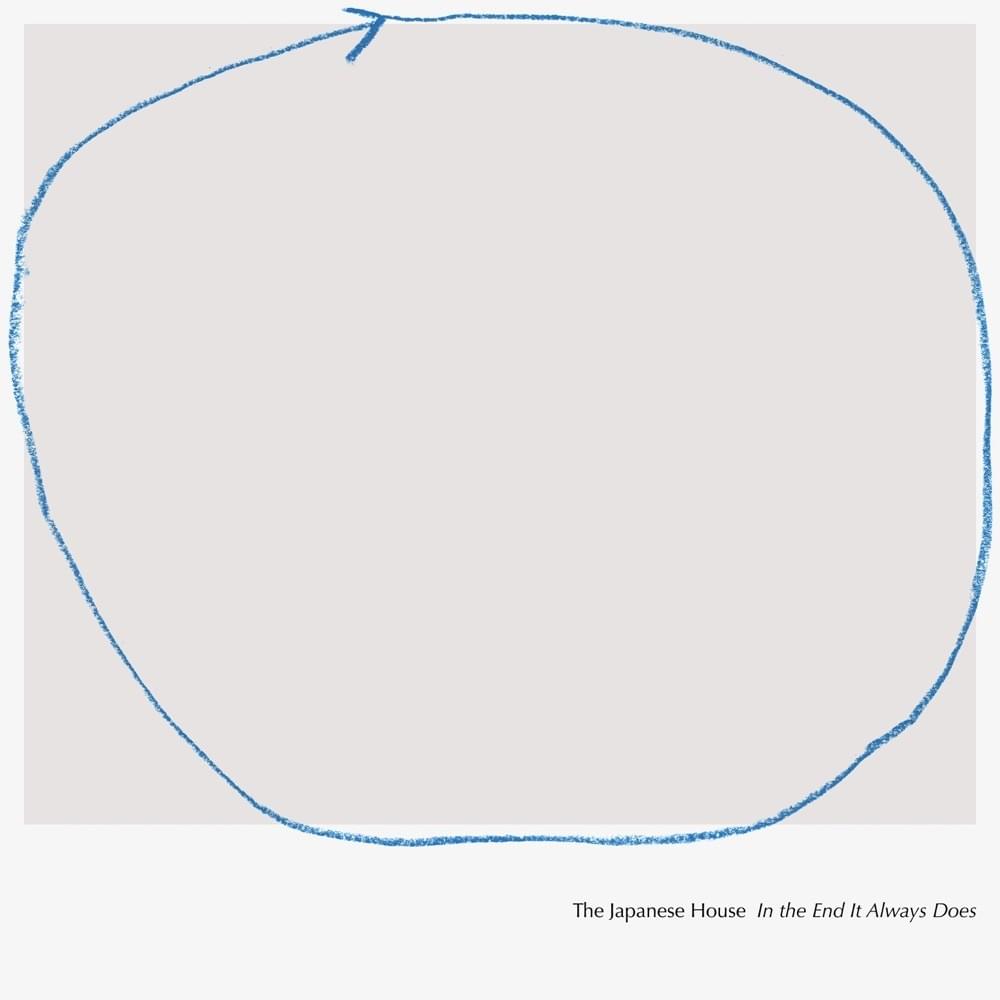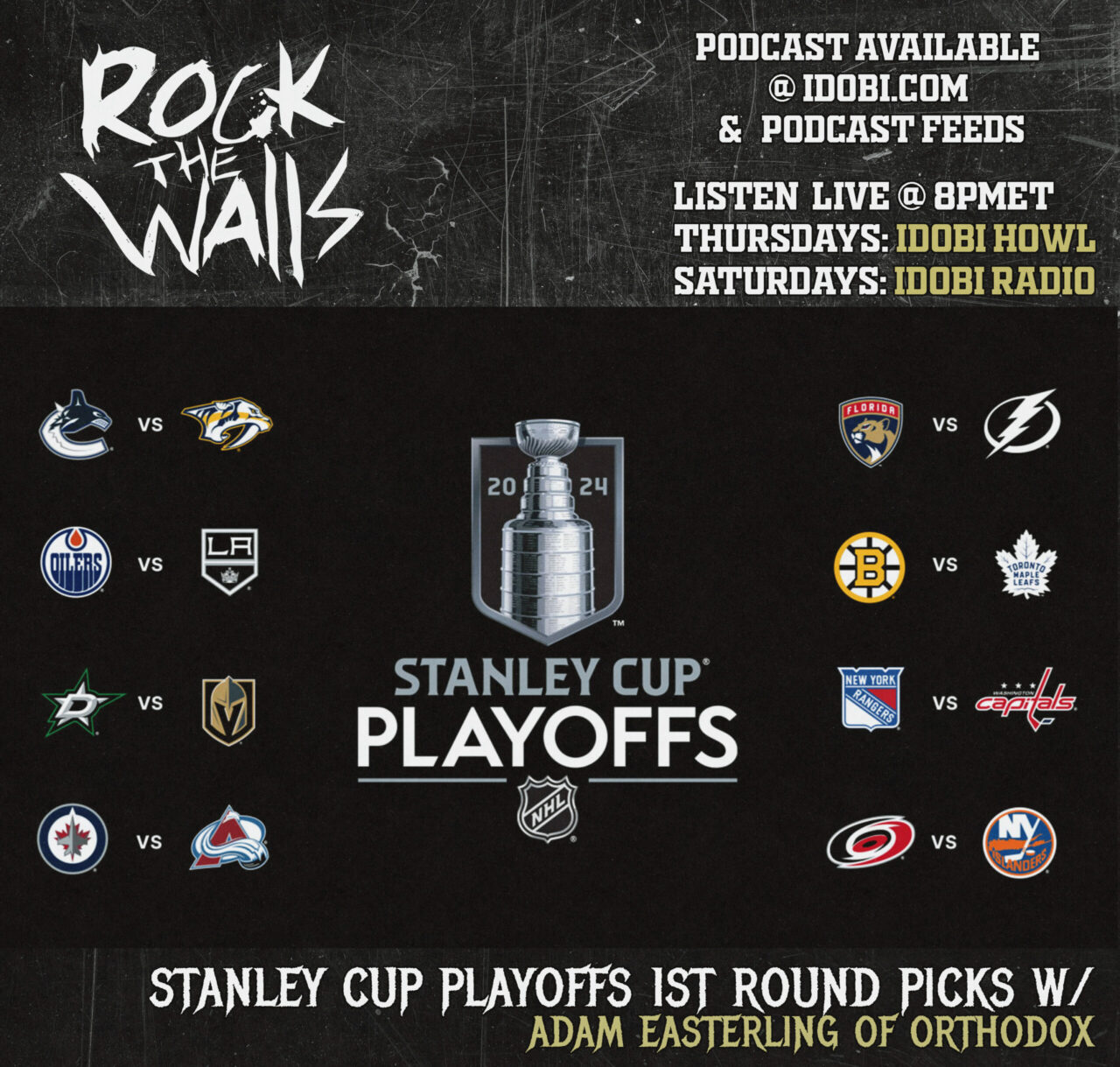When Dick Clark first pitched “American Bandstand” to ABC as a national series in the 1950s, network executives yawned.
“I still have the letter, still have it framed in my office, which in effect said ‘Don’t call us, we’ll call you. Thank you, and it’s nice to see your dance party,'” Clark recalls.
When he proposed a 50th anniversary special, Clark found out how little television had changed. Despite the show’s iconic place in pop culture, he had to argue the case of “American Bandstand” all over.
An idea that was once ahead of its time was now hopelessly behind it, at least to ABC’s thinking.
“They bought the show… then somebody high up said ‘Nah, nah, nah, ancient history. Who cares,'” Clark said. “And I went out of my mind…. I was like an outraged father who somebody said their kid was ugly.”
The network wisely reconsidered and “American Bandstand’s 50th… A Celebration!” airs 8-10 p.m. Friday. In light of the TV nostalgia flash fire started last November by high-rated CBS tributes to Carol Burnett and Lucille Ball, “they look like geniuses,” Clark said of ABC.
Seems like a concept even a ratings-challenged network could grasp: Give any viewer with a passing interest in pop music the chance to hum the catchy “American Bandstand” theme song again, gorge on a rich variety of musical acts and revisit their youth.
“When I was 5 years old, my dream was to be a teen-ager in terms of what I saw on ‘American Bandstand’ and what I heard in the lyrics of the songs being played,” says Kiss guitarist Paul Stanley.
Kiss is one of the bands performing on the special, which mixes numbers from an anniversary concert filmed in April with old clips. Others seen in concert include Michael Jackson, Cher, Alanis Morissette, Brandy, Stevie Wonder, Babyface and KC & The Sunshine Band.
In another reminder of the musical diversity “Bandstand” offered, the finale has Little Richard leading an unlikely crew – including Sheila E and Mick Fleetwood – on the rock ‘n’ roll classic “Good Golly, Miss Molly.”
“We all know music is the soundtrack of our lives, and this is going to bring back such a flood of memories no matter what generation you’re from,” Clark, 72, said in an interview. “It’s a feast of good stuff.”
The tough part was choosing footage from the decades of “American Bandstand.” Despite packing in more than 100 artists, Clark says he’s braced for “how could you leave out so-and-so” criticism.
Among those whose archived performances made the cut: Blondie, Chubby Checker, Jan & Dean, The Doors, Aretha Franklin, Madonna, The Mamas & The Papas, Diana Ross, Rod Stewart and Britney Spears.
It’s daunting to consider how much Clark, who is host and executive producer, and his staff had to wade through. “American Bandstand” racked up more than 10,000 musical appearances in 6,000-plus hours of airtime.
The show began in 1952 on a Philadelphia television station. Clark came aboard in 1956 when original host Bob Horn was fired. On Aug. 5, 1957, “American Bandstand” made its network debut, airing first on weekday afternoons and later on Saturday. The show was canceled by ABC in 1987, but lived on in syndication and cable until 1989.
“American Bandstand” combined records with in-studio, lip-synch performances by new and established acts and boasted a dance floor populated by enthusiastic teen-agers who also judged the music. “It’s got a good beat and you can dance to it” was the typical, incisive assessment offered during the “Rate-A-Record” segment.
The show was an immediate hit, delivering the young demographic advertisers now stalk like big game as well older viewers.
ABC “gave us a seven-week test, and in four weeks it went to No. 1 in daytime with a limping lineup of ABC stations against NBC and CBS,” Clark said. He still marvels at the hard-sell approach he had to take.
“Wouldn’t you have thought there was some forward-looking, younger network person who would have said ‘Look what’s happening in radio – they’re beginning to play black music and white kids like it. They’ve got this dance show in Philadelphia that’s beginning to get 50 percent of the audience but it’s a kids show.'”
“Nobody thought it out,” Clark concluded.
The show, which paid scale to all performers, missed out on just a handful of big names including the Beatles and Elvis Presley. “I’m not going to let you work for $155,” Presley manager Col. Tom Parker told his client, according to Clark.
“American Bandstand’s” place in history as well as memory is secure. In the 1980s, Clark donated the original podium and backdrop to the Smithsonian Institution.
The show also has served as inspiration for successive generations of TV music offerings, from the 1980s-born cable show “Dance Party USA” to MTV’s “Total Request Live.”
Kiss’ Stanley, whose band got a boost with an appearance on a later Clark-produced show, “In Concert,” eagerly lauds the TV music impresario and what he accomplished with “Bandstand.”
“Here was a man who championed music without color barriers or color lines,” said Stanley, adding that Clark treated even unknown bands with respect. Other artists admit to a debt of gratitude.
“It shot me to the top of the charts,” said Barry Manilow, who performed “Mandy” and “It’s a Miracle” on the March 22, 1975, program. “You should see it, long blond hair and bell bottoms.”
Clark has remained a TV perennial with a grab bag of projects that includes his New Year’s Eve specials. He’s also cooked up a new version of “American Bandstand” that he insists would be a hit even in a musical age dominated by niche radio stations and splintered audiences.
“I’ve got it,” he says, confidently. “If only you were a television executive…. One of the reasons I’m a survivor is I don’t give up. I’m going to find some bright-eyed person who says ‘Damn, that’s a good idea.'”





























